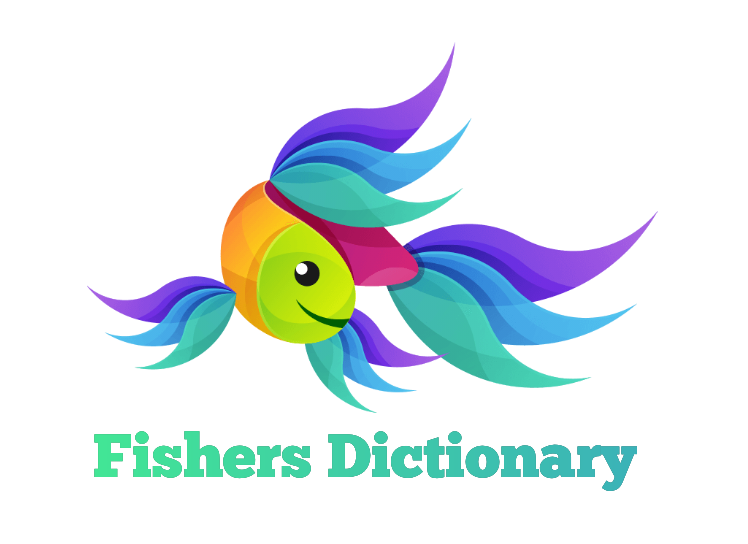Maximum sustainable yield (MSY) is a classic concept from fish population dynamics. It operates under the assumption that populations have a carrying capacity, or equilibrium size, where the the resources available match the population requirements and if individuals are removed from the population, they will be replaced (i.e., are renewable). When harvest removes a portion of the population, it lowers pressures on the population’s associated resources, such as food and habitat, allowing the remainder of the population to benefit from less competition and balance the population back to the carrying capacity. By this theory, the surplus biomass can be harvested sustainably, without long-term impacts to the population.
MSY is a commonly applied fisheries management tool, and even a guiding principle of the Magnuson-Stevens Fishery Conservation and Management Act, the primary legislation governing marine fisheries management in United States federal waters. However, it is important to note that there are many situations in which the assumptions of MSY are not met which result in overfishing and unsustainable practices. (fishionary.fisheries.org/msy)

.jpeg)

.jpg)




0 Comments